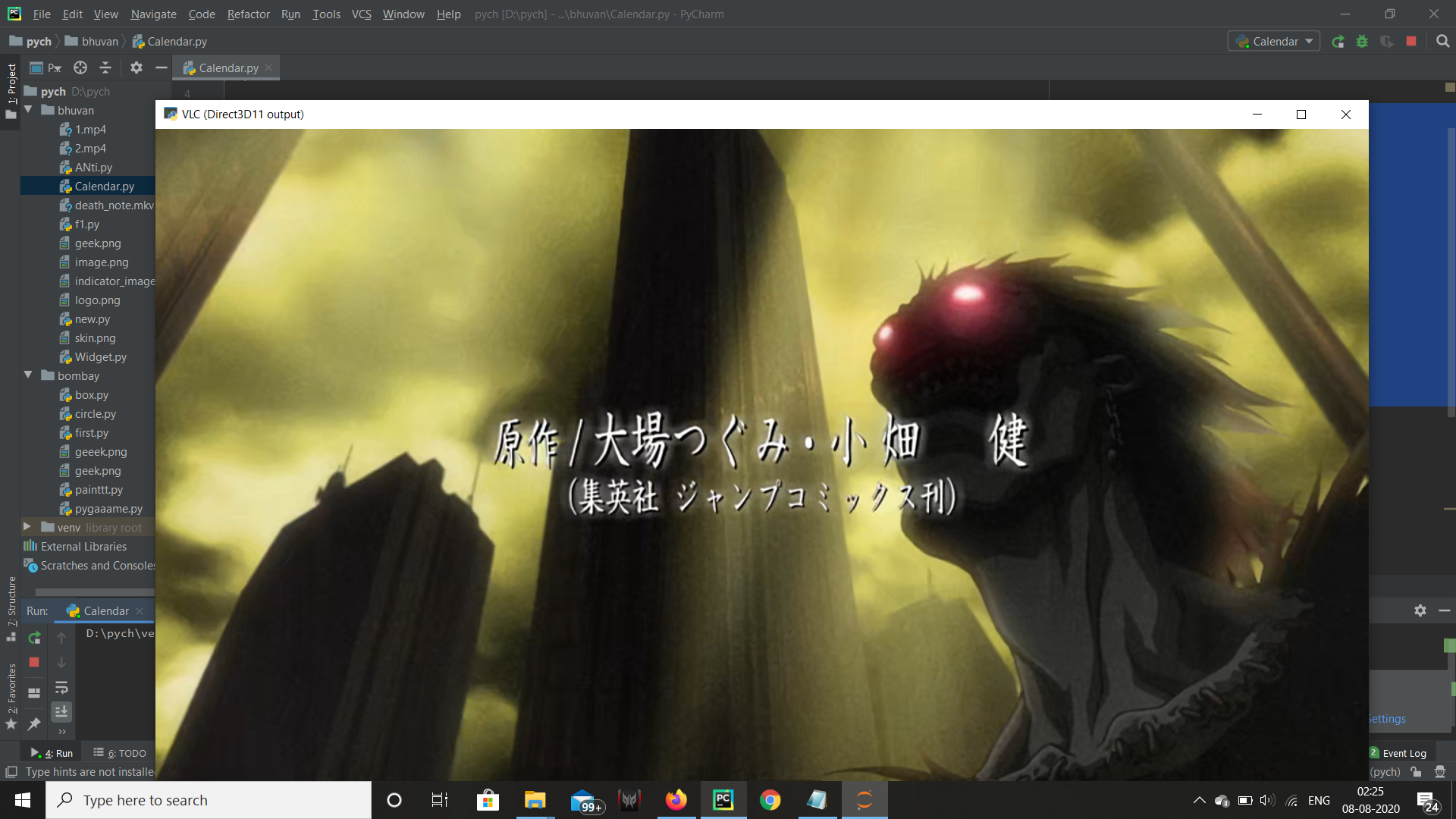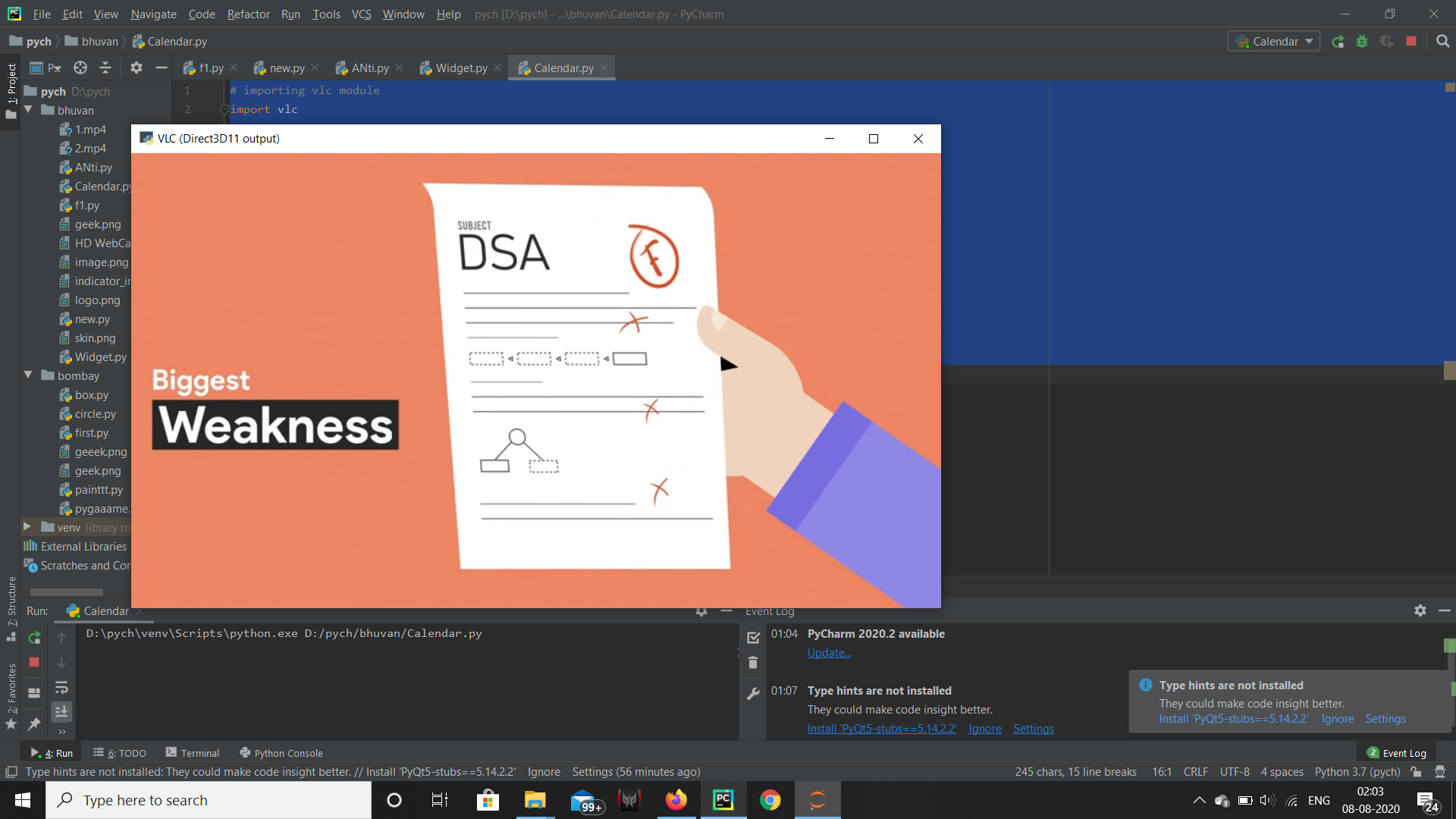Python VLC Instance – Enumerate the defined audio output devices
Last Updated :
29 Aug, 2020
In this article we will see how we can get the enumerate audio output devices from the Instance class in the python vlc module. VLC media player is a free and open-source portable cross-platform media player software and streaming media server developed by the VideoLAN project. Instance act as a main object of the VLC library with the Instance object we can create media player, list player or any other player available in VLC. Instance class the base classed used in VLC to create various objects. These audio devices can be speaker or headphone as well.
In order to do this we will use audio_output_enumerate_devices method with the Instance object
Syntax : instance.audio_output_enumerate_devices()
Argument : It takes no argument
Return : It returns list of dict
Below is the implementation
import vlc
import time
player = vlc.Instance()
media_list = player.media_list_new()
media_player = player.media_list_player_new()
media = player.media_new("death_note.mkv")
media_list.add_media(media)
media_player.set_media_list(media_list)
media_player.play()
time.sleep(5)
value = player.audio_output_enumerate_devices()
print(value)
|
Output :

[{'name': b'adummy', 'description': b'Dummy audio output'}, {'name': b'afile', 'description': b'File audio output'}, {'name': b'amem', 'description': b'Audio memory output'}, {'name': b'directsound', 'description': b'DirectX audio output'}, {'name': b'mmdevice', 'description': b'Windows Multimedia Device output'}, {'name': b'waveout', 'description': b'WaveOut audio output'}]
Another example
Below is the implementation
import vlc
import time
player = vlc.Instance()
media_list = player.media_list_new()
media_player = player.media_list_player_new()
media = player.media_new("1.mp4")
media_list.add_media(media)
media_player.set_media_list(media_list)
media_player.play()
time.sleep(5)
value = player.audio_output_enumerate_devices()
print(value)
|
Output :

[{'name': b'adummy', 'description': b'Dummy audio output'}, {'name': b'afile', 'description': b'File audio output'}, {'name': b'amem', 'description': b'Audio memory output'}, {'name': b'directsound', 'description': b'DirectX audio output'}, {'name': b'mmdevice', 'description': b'Windows Multimedia Device output'}, {'name': b'waveout', 'description': b'WaveOut audio output'}]
Like Article
Suggest improvement
Share your thoughts in the comments
Please Login to comment...